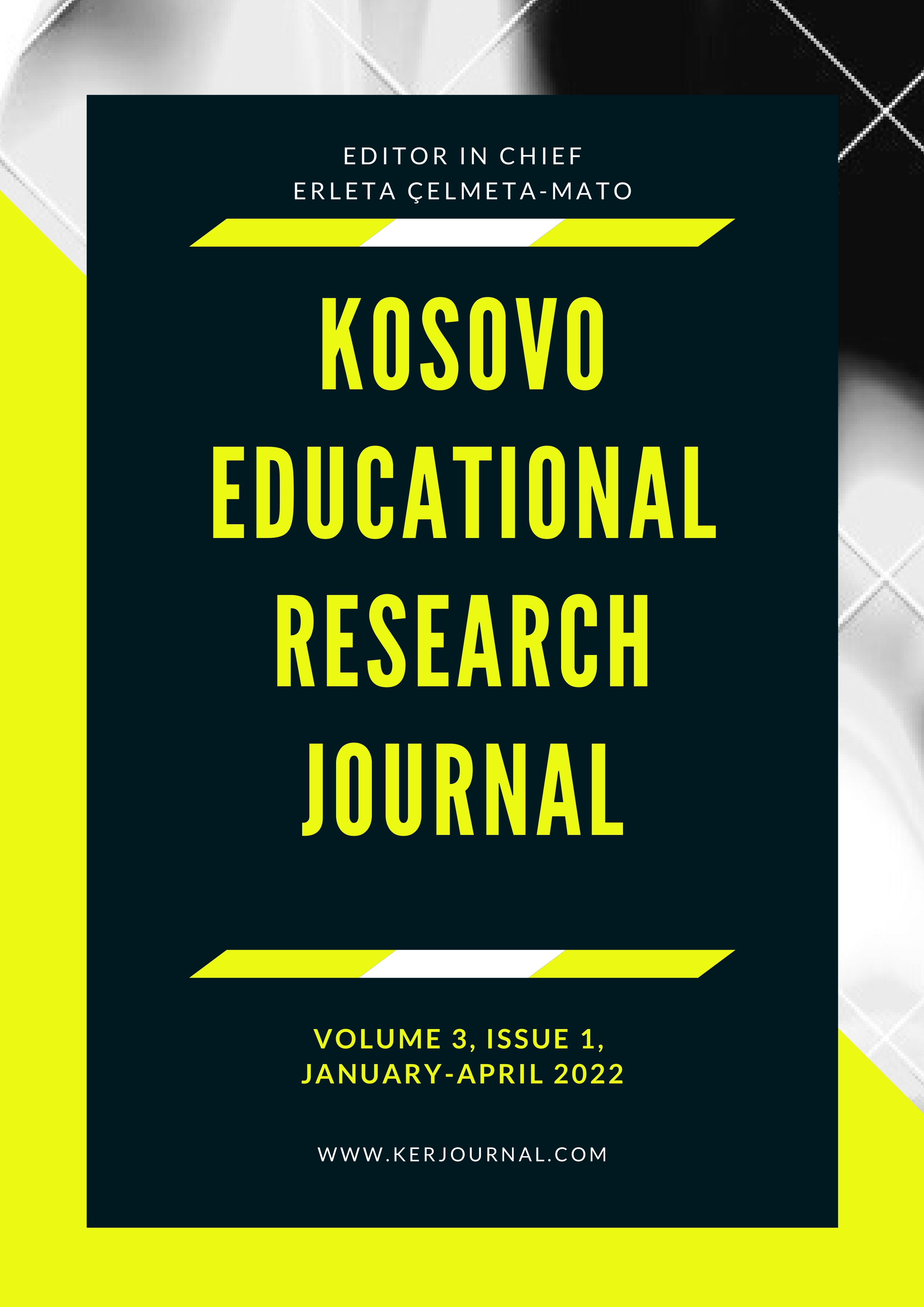Author :
Abstract
Keywords
Abstract
Curriculums are official documents and pedagogical guidance for the design of textbooks and educational practice in our schools. Those harmonization set by the Ministry of Education, subjects with their teaching contents, the number of teaching hours for processing and absorption of those contents, learning objectives and standards of achievement of schoolchildren in learning knowledge acquisition. In this paper, we investigated and analyzed the harmonization of educational content represented in the textbook Man and Nature in the number of classes set by curriculum for teaching this subject. The teaching subject Man and Nature in Kosovo is taught from the third grade to fifth grade of primary school. Within this course provides knowledge of: Biology, Chemistry, Physics and Geography. Our analysis on the topics that are research object of this paper, we reveal interesting data. Percentage of the number of teaching units for these four learning entireties or fields does not comply with the percentage of the number of hours foreseen for processing and acquisition of relevant entirety. As some teaching units and entireties by the authors of these textbooks are favored at the expense of other entireties. So for these teaching fields or entireties are "favored" the authors of these textbooks have foreseen more hours and instructional time compared with other teaching entireties. We consider that greater space for processing certain teaching entireties, to the detriment of narrowing the space and time for other teaching entireties, damages the complete processing of this subject and leaves gaps in environmental education of the schoolchildren. The data obtained from this research in this paper will be presented through percentages, tables and different graphs. Also facts are issued and elaborated, here through the introduction of Pierson’s correlation coefficient.
Keywords
- Rasim Bejtullahu, M.Bicaj, and R. Rrustemi (2005, 2006, 2007), Man and Nature for grades 3, 4 and 5, Libri Shkollor, Pristina.
- Bektesh Bekteshi, (2005), Elementary Statistics, Libri Shkollor, Pristina.
- Gerard Marie-François, R.Xavier, (2003), Design and evaluation of textbooks, N. Babmusta translator, P. Muka , Institute of Pedagogical Studies, Tirana.
- Islam Krasniqi, A. Veseli, (2000), Methodology of Teaching Nature and Society Knowledge, University of Prishtina, Prishtina.
- Ministry of Education, Science and Technology, (2005), School curricula for grades 3, 4 and 5, Libri Shkollor, Pristina.
- Orstein Allan C., Hunkins Francis P., (2003), Curriculum, Foundations, Principles and Problems, Kastriot Myftiu translator, Institute of Pedagogical Studies, Tirana.
- Abdyl Ramaj, (2001), Didactic Shaping of the subject in the textbook, Libri Shkollor, Pristina.





